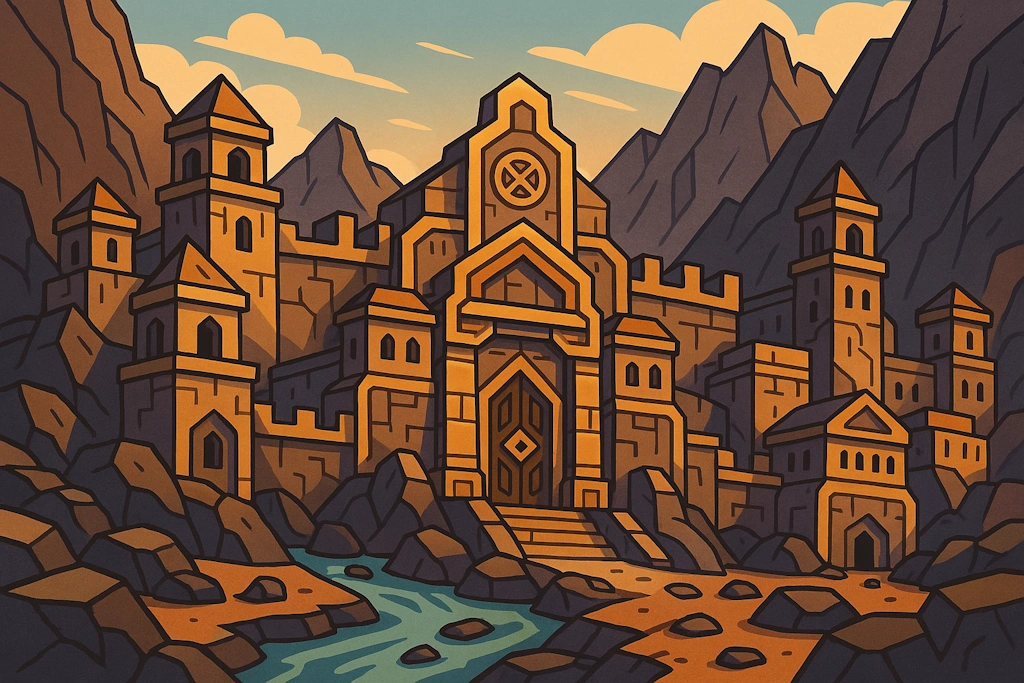⛰️⚒️Dwarven Cities Names
Generate mighty names for underground dwarven strongholds carved from mountain stone.

Dwarven Cities Names
Generate mighty names for underground dwarven strongholds carved from mountain stone.
Example Dwarven Cities Names
Get inspired by these sample results
- Ironheart
- Deepforge
- Stonekeep
- Mountainhold
- Goldmine
- Firevault
- Steelcrag
- Hammerdeep
- Anvilgate
- Obsidianpeaks


